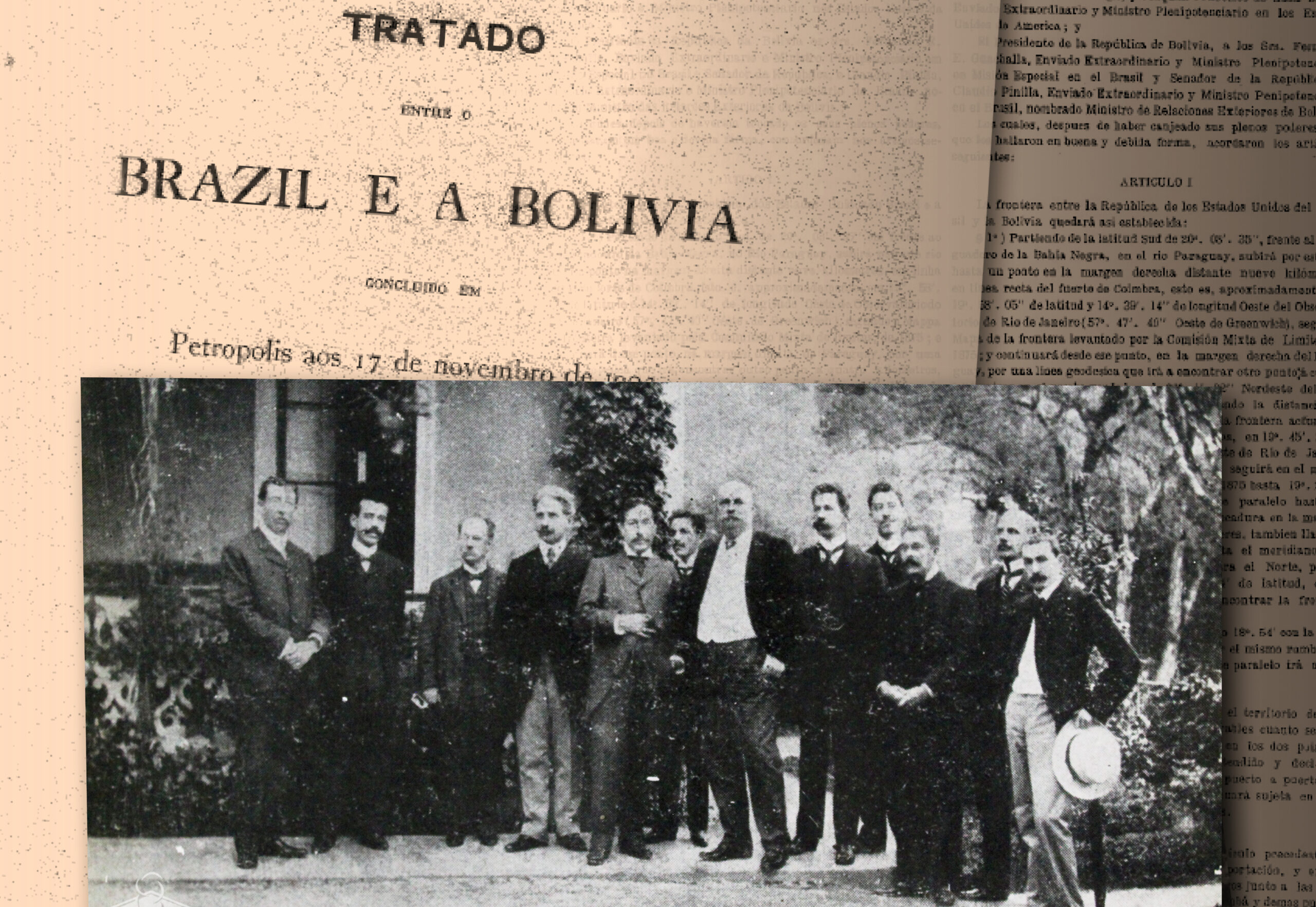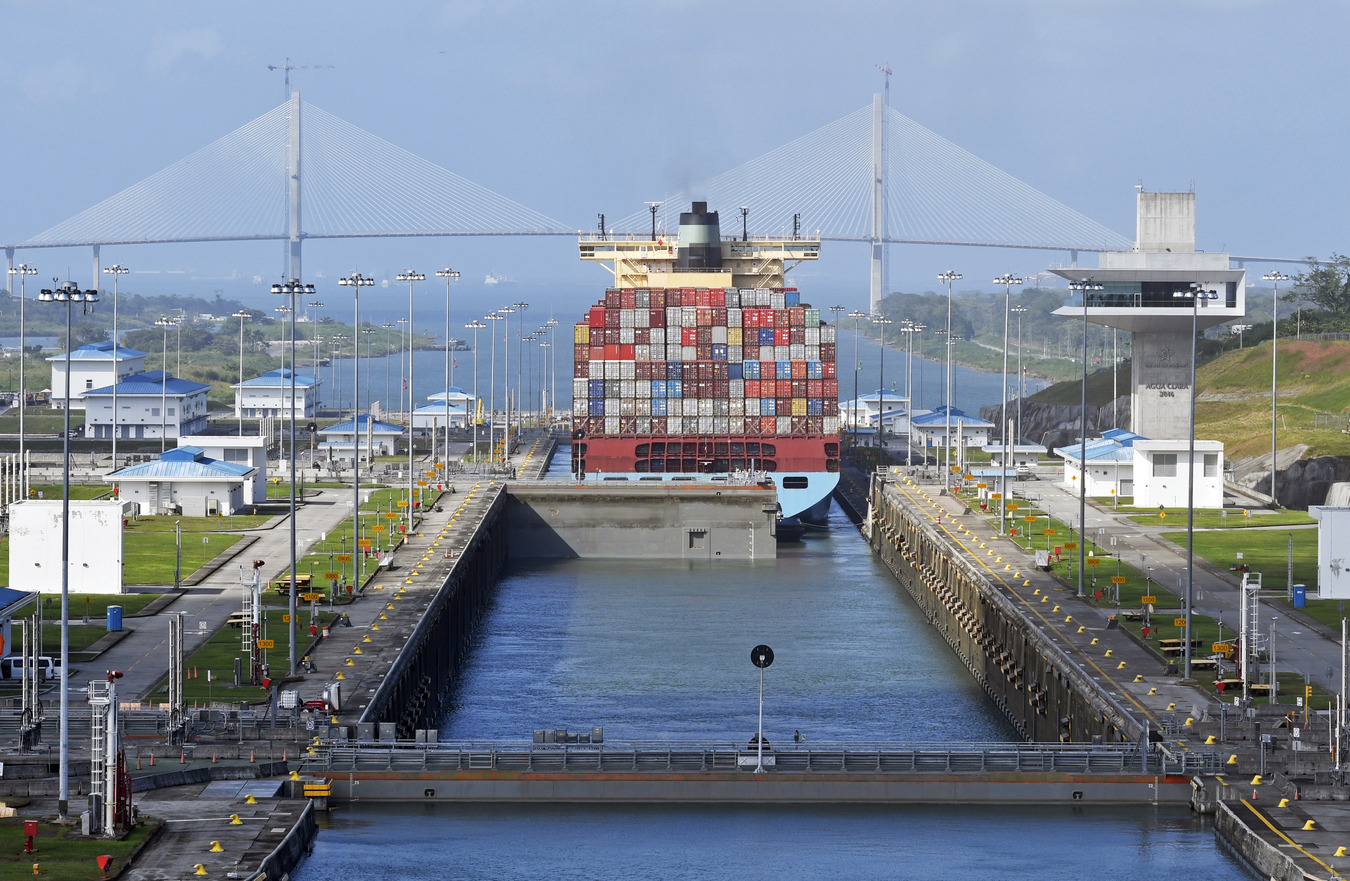With International Support, Costa Rica Forges Infrastructure Upgrades
With International Support, Costa Rica Forges Infrastructure Upgrades
The Central American country has big plans to upgrade its roads, ports, and railways, attracting funds from sources ranging from China to the Inter-American Development Bank.
With a new public works minister taking office and announcements of new highway investments last week, Costa Rica’s infrastructure plans seem to be full speed ahead. Due to a 13 percent reduction in capital expenditures and a 2.4 percent cut for the public works ministry next year, the Costa Rican government has looked abroad for credit and investments to beef up the country’s infrastructure. “The strategy to sacrifice investment has us 30 years behind in terms of infrastructure,” Vice President Luis Liberman told Revista Summa on October 1. President Laura Chinchilla declared expanding infrastructure as one of the main goals of her administration. Using funds from sources including the Chinese government and the Inter-American Development Bank (IDB), Costa Rica has billion-dollar plans to expand its infrastructure.
On October 18, Chinchilla swore in Pedro Castro as the new minister of public works and transport. He plans to prioritize a number of highway projects including Route 1856, a road that runs along the country’s northern border and that seen numerous hurdles, ranging from corruption scandals to diplomatic tensions with Nicaragua. Indeed, highways account for an important part of the government’s infrastructure goals; Chinchilla’s administration intends to invest $2 billion to upgrade roads, in part using IDB funding. Last week, the Costa Rican government announced it would invest $40 million on bridge construction and repair in 2013, in addition to the record $56 million invested over the last two years in road infrastructure.
China is a key partner for Costa Rica’s construction plans. Firming up the country’s relationship with the Chinese—which kicked off in 2007 when Costa Rica cut diplomatic ties with Taiwan—Chinchilla traveled to Beijing in mid-August. She signed an accord in which China agreed to donate $25 million to construct a police academy, as well as send Chinese workers to build the facility. China also donated $8 million for the government to use at its own discretion. After Liberman traveled to Beijing in late September, the Chinese government said it would provide $400 million to expand the country’s Route 32 highway, a road critical to transporting containers from the port of Limón, which receives 80 percent of the country’s exports and imports. In addition, China’s state oil company will invest in modernizing a $1.8 billion oil refinery near the port.
In fact, ports are another area the government intends to upgrade, as well as railroad infrastructure. On August 6, a Costa Rican court upheld a $1 billion project by Dutch company APM Terminals to modernize the outmoded country’s ports and to construct the Moín Container Terminal. During a trip to Madrid this week, Liberman said the Spanish government expressed interest in financing $300 million for an electric train to connect three of Costa Rica’s provinces.
- Costa Rica is the happiest country in the world, according to the New Economics Foundation’s Happy Planet Index released on Sunday. The ranking measures citizens’ life expectancy, well-being, and ecological footprint. Colombia, Belize, El Salvador, Jamaica, Panama, Nicaragua, and Venezuela ranked in spots 3 through 10.
- In the World Bank’s 2013 Doing Business Report released this week, Costa Rica ranked 110 in the world and was the top Latin American country in terms of most improvements made across three or more indicators. It rose 12 spots overall since last year, and went up 11 spots in terms of ease of trading across borders.
- The World Economic Forum’s Global Gender Gap Index 2012 came out this week, putting Costa Rica as the twenty-ninth most equal country in the world in terms of gender. The index ranks women’s access to education, the labor market, health, and political representation. Other Latin American countries in the top 30 are Nicaragua (9), Cuba (19), and Bolivia (30).








